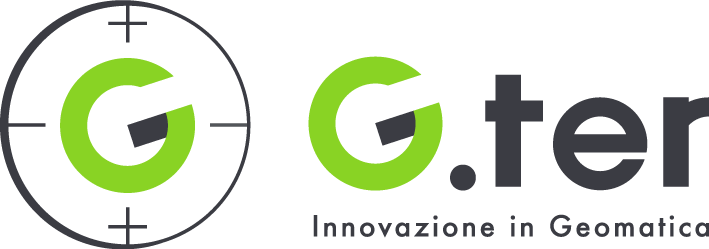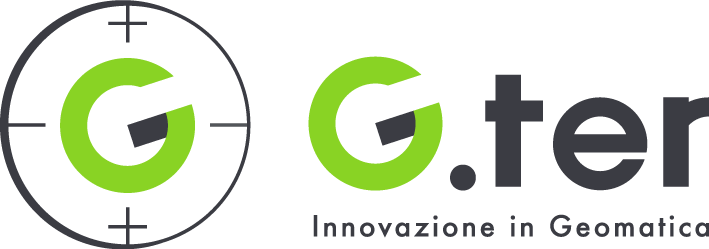remot project
In recent decades, Global Navigation Satellite Systems (GNSS) have become part of the daily lives of millions of people worldwide and are no longer considered unusual. Satellite receivers can be found in most smartphones, smartwatches, and even keychains. However, new GNSS applications are still being developed, some of which touch on scientific fields not directly related to navigation or geodesy.
One such field is human motion science, a branch of biomechanics that studies the kinematics of human movement. Significant advancements have been made in this area thanks to the availability of modern equipment, such as photometric motion capture systems. However, precise and accurate recording with such systems requires a highly controlled and deterministic environment. This can be achieved in a laboratory, but what about studying the movement of athletes covering long distances, such as marathons or even just a few kilometers? Even a relatively small stadium cannot be fully covered by a photometric system. Yet, for sports scientists, it is crucial to study how a runner’s motion parameters—such as stride length, width, and frequency—change over long periods. Is it possible to replicate this in a laboratory setting? Of course, you could place the subject on a treadmill or have them run in circles, but this would be vastly different from real outdoor training. The only way to study this difference is to find a method to analyze an athlete’s motion in a real, out-of-the-lab environment.
This summer, REMOT (Real Environment Motion Tracker), a project specifically dedicated to this issue, was concluded. Funded by EUSPA, the project was carried out by two companies: Stonex, responsible for hardware and firmware, and Gter, in charge of software and data processing.
The main idea of the project was to use recording devices consisting of a GNSS receiver integrated with an IMU (Inertial Measurement Unit). The IMU provides data at a higher frequency but is prone to noise, drift, and error accumulation due to double integration. The GNSS component generally operates at a lower frequency and accuracy but does not accumulate errors. Therefore, combining these two sensors allows for a more accurate solution.
The sensor configuration involves just three devices: one on the head and two on the feet. This is the minimum number required to obtain a precise estimate of stride parameters. In principle, two foot sensors would suffice, but the satellite data they receive tends to be noisier, and in such cases, the head-mounted receiver can be used to obtain a more accurate solution through a mobile base approach (treating the head receiver as a mobile base station).
The sensors are worn by the subject using a headband and lace clamps, ensuring they are securely attached to the corresponding body parts. Oscillations and impacts can lead to higher levels of noise in the IMU, issues with GNSS data reception, and general mathematical model errors, resulting in incorrect outputs. Additionally, open-sky areas are preferred for recording, as trees and tall buildings forming “urban canyons” obstruct satellite signals.
Once the recording is complete, the data processing phase begins. First, GNSS data is processed to obtain a positioning solution. The default approach is PPK (Post-Processing Kinematic), which uses corrections from a fixed base station to achieve centimeter-level precision solutions.
Next, IMU data is processed. While GNSS receivers operate at a frequency of 10 Hz, the IMU works at 100 Hz, enabling a more continuous positioning sequence. The processing employs a Kalman filter, which updates the IMU positioning with the already processed GNSS data and resets velocity when a static phase is detected. This helps reduce error accumulation.
Once the positioning solution is obtained, a second processing phase extracts stride parameters from the recorded data. Using basic geometric models, stride length, width, and heading are calculated. Tests were conducted in various locations with different subjects at varying walking speeds.
The results were presented to an EUSPA committee, which found the test outcomes to be quite impressive and declared the project a success.
However, the work is far from over. While the system generally functions, there is still ample room for improvement: from more advanced hardware to sophisticated processing techniques and software architectures. The project has already caught the attention of motion scientists who are planning potential research with this equipment, providing key motivation for further development.



